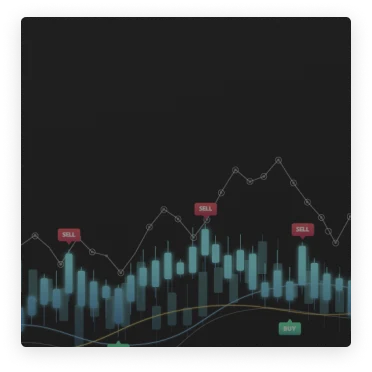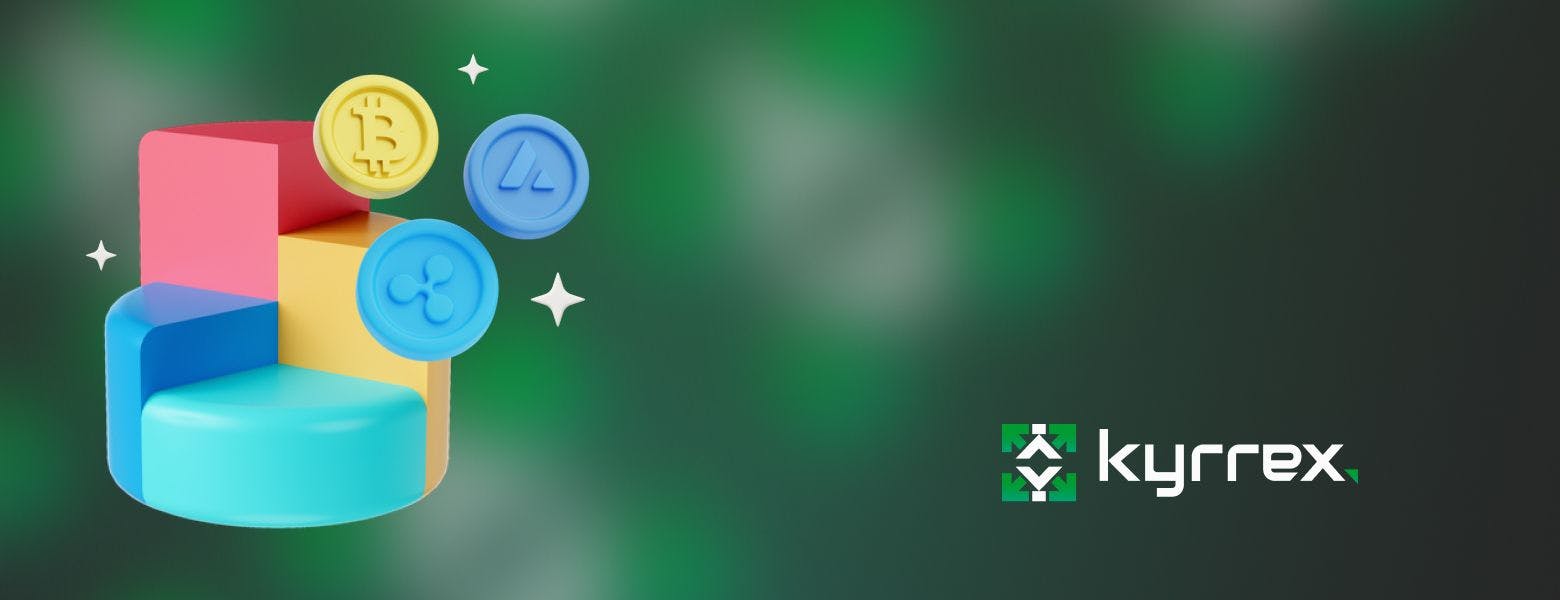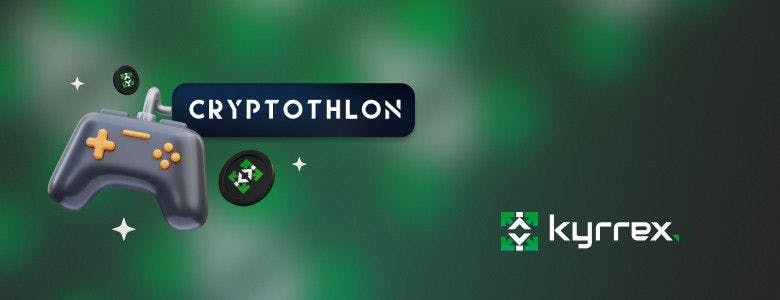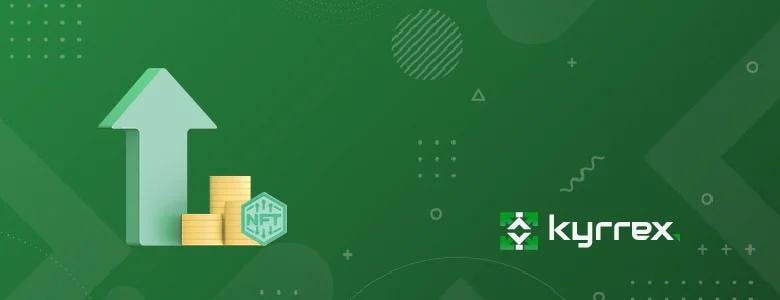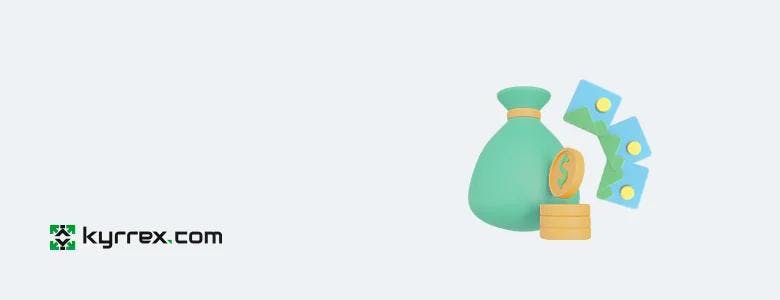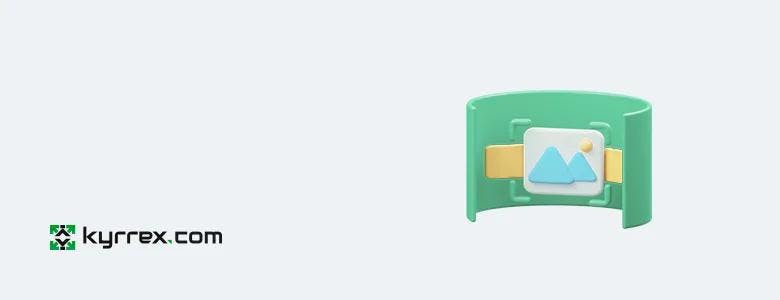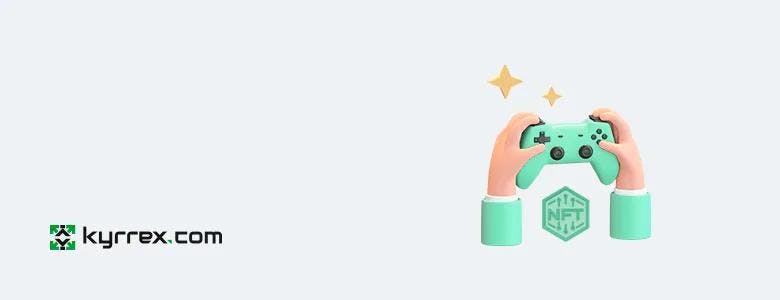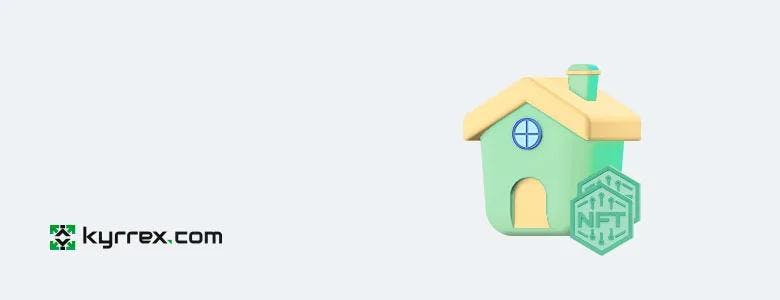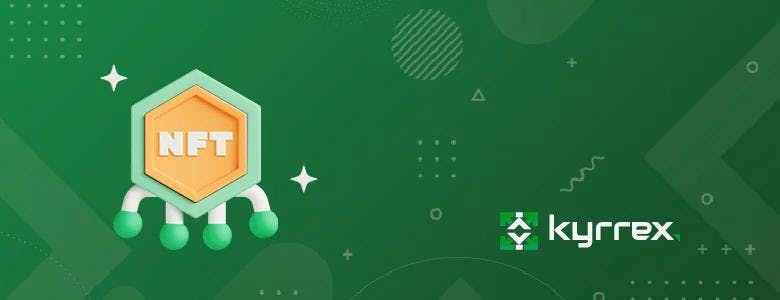
Why Is Everyone Crazy about NFTs?

NFTs (non-fungible tokens) are the new craze. From youngsters still in High School to practicing stock market profiteers, everybody is talking about NFTs. But why? Are they that big a deal? Are NFTs popular because of the earlier craze of blockchains and cryptocurrencies? Is there more to the story than you know? These are good questions. NFTs ought to have special characteristics to measure up to their popularity in today’s low-span-attention world. And they do.
Here are a handful of NFT attributes that set the token apart from the other elements of the blockchain enterprise.
1. Fungibility

Fungible currencies are designed to be swappable. This means that you can break the average numbered currency into units, and each of these units can be exchanged for the units of other numbered currencies.
Fungibility is why we have the global currency exchange market where specific units of the American Dollar, for example, can be reliably exchanged for certain units of the British Pound. So, currencies like these, as well as Bitcoin, are compatible and can be used—in the same or similar scenarios—to measure the value of an item. NFTs do not conform to this economic substructure.
2. Value Creation and Appraisal
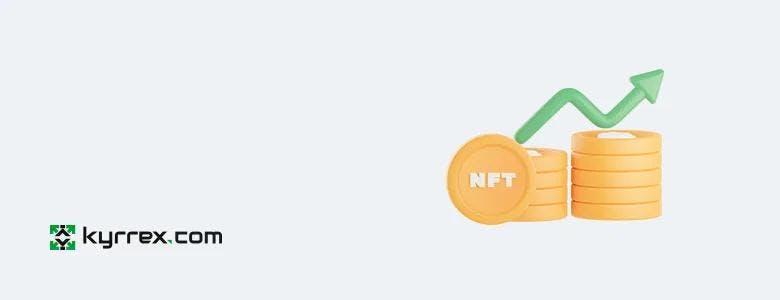
Have you heard about Beeple?
A digital artist known as Beeple created an NFT, Everydays: The First 5000. The NFT consisted of 5,000 different images that were created every day between 2007 and 2021. And what did Beeple use this image for? He sold it. Beeple’s NFT went from $100 to around $1 million an hour after the auction began. You would think that you have crawled down the rabbit hole with Alice into a world of outlandish affairs. No. It is just that times have changed.
Beeple did not have to sit under an apple tree to realize the effects of gravity, nor did they play around with wires and electricity a thousand and one times before inventing the light bulb. The same is true for Jack Dorsey, the former CEO of Twitter who sold his first-ever tweet as an NFT. For $2.9 million. So, with NFTs, you can be creative without being in command of a 200+ IQ. You can be creative and useful—and consequently affluent—by using the things around you. In other words, the process of value creation has changed. The contemporary engines that determine that one innovation is valuable and another is not have been put out to pasture.
NFTs Can be Anything
Another reason NFTs have seemingly become a big deal everywhere is that they can be anything, and therein lies the charm. An NFT’s merit is not limited to its value creation alone, but the fact that it has the potential to ‘soak up’ everything. When the internet went commercial in the early ‘90s, the leading expectation was that its extensiveness and seeming boundlessness will change the paradigm of society, economy, environmental perception, and many more. While the internet revolution has done its bit, it still has some distance to go before really meeting this edge of expectation.
NFTs are sort of a polished evolutionary phase of the internet. Because they are tokens that exist on a decentralized blockchain, they can be redefined in terms of constitution so that they have transferable value. Put simply, as long as something can be digitized, that is, affixed to the internet or typified in electronic form, they can be NFTs. So, yes, the fact that you can ‘absorb’ anything and convert it into NFT of value is one of the bases for the recent craze over NFTs. It is a process that essentially capitalizes on the internet of value to assemble together an internet of value.
So, what can be converted into NFTs?
We have already broadened this characterization of NFTs to include ‘anything’ that can be digitized. The resulting NFT (in digital form) has to be visible, of course, as well as identifiable, storable, and transferable. A mundane specimen would be your birth certificate which you can upload online, convert to an NFT, and keep in your digital wallet.
You can do the same with anything else. As long as you can make them digital and somewhat unique, you can make them NFTs and let them fetch you a lot of money. In fact, whatever you are converting doesn’t even have to belong to you. This is the part where there is a principle of legality behind NFT conversion and valuation.
Even so, the principle is still largely loose and flexible at the moment. So, don’t go converting the ‘NYPD’ brand into NFTs and putting it up for sale. They will come after you. As will every other owner or official user of trademarked items. Thus, when we said anything earlier, we meant stuff like music, video, pictures, poems, paintings, video games, certificates, plants, animals, and more and more.
3. A Different Way of Doing Things
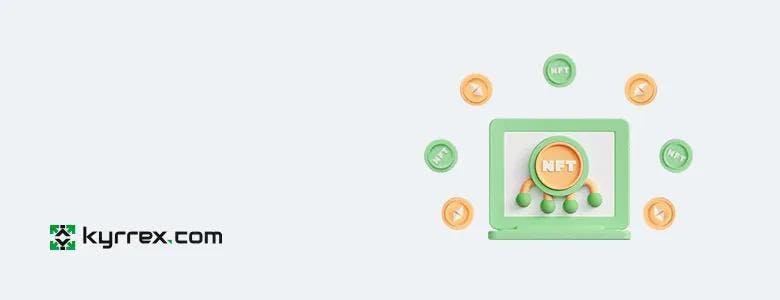
So, the original internet, per our earlier argument, was one of information. Value was built around information. Social connections were built around information. The entire economics of wealth creation and management was built around information. But this generated a new batch of problems. One, considering that information is the core reference for the internet revolution and utility, how can we verify the information on the internet? Two, how can we discourage the proliferation of false data?
This is how the blockchain revolution came up with its principle of networked integrity. This principle is characterized by data and value reliability. Essentially, honesty, consideration, accountability, and transparency are all coded into the blockchain. Ergo, these characteristics do not rely on the people using the blockchain, but on the blockchain’s protocols. So, NFTs are riding on this principle as well. This means that you don’t have to worry about folks that might cause you to pay multiple times for an item or service. The same goes for scams that take your money for nothing.
With smart contracts, you can rest easy with deals you make online. NFTs are the succeeding steps that compartmentalize these contracts and make them into Proof of Work, Proof of Activity, Proof of Stake, etc.
So, with NFTs, we might have found ourselves a way to restack the deck. And this is just its value for social or business interaction.
What about profit-making?
Well, the bulk of what is profit-making in the NFT market is what the public agrees to be worthwhile. This demonstrates the fact that the world has really become a village where public opinion is supposed to count. So, public opinion said that Dorsey’s first tweet ought to sell for approximately $400,000 short of $3 million. And it did. What does this mean for the average individual? New ways to make money! Easy ways to make money! Reliable ways to make money! So, with game-themed NFTs like Battle of Guardians and Sandbox, you can make a killing selling in-game assets from gear to real estate.
4. Sole Ownership Rights
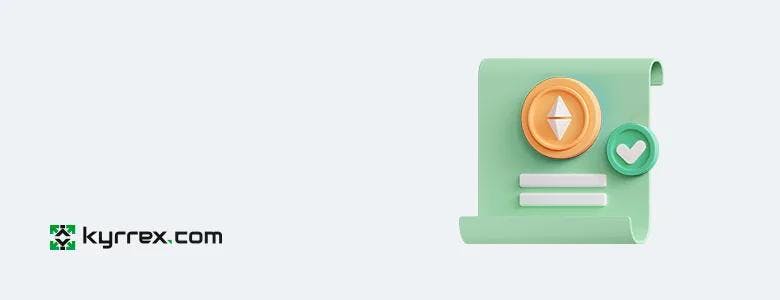
One of the more interesting things about NFTs, as it is presently, is the sole ownership rights it bestows. When you buy an NFT, like the individual that purchased a 50-second video by Grimes for almost $400,000, you own it. This appears self-evident, doesn’t it? But it goes a bit deeper than the traditional acquisition and ownership of stuff.
Say that Leonardo da Vinci’s Mona Lisa is for sale and that you bought it. You own it, don’t you? There are bound to be copies of the artwork elsewhere, but you own the original. NFTs work pretty much the same way, like art collectibles.
When you purchase an NFT of rare digital artwork, for example, you become the owner of said artwork. Your neighbor may have saved a copy of it on their computer, but the entire world knows that you (who bought it for millions of dollars, most likely) are the original owner.
These rights that NFTs bestow are beyond the conventional bragging rights. They allow you to set the price on the NFT you bought whenever you want. So, your neighbor cannot sell that NFT, even if they have a perfectly identical copy. Only you can.
Popular American YouTuber and social media VIP, Logan Paul, put up 15-second clips of an old YouTube video for sale. He wanted $20,000 for it. Several GIFs came out of that deal, with some selling for $3,600. Well, someone bought one of these and after a little while wanted to sell it off at $16,300. So, even though you can download this particular image online, you cannot sell it as the original buyer wants to.
So, NFTs grant you the power of sole ownership, with the added benefits of long-term investments. However, the value of whatever NFT you purchased and now own is decided by the public.
5. Shared Minting Power
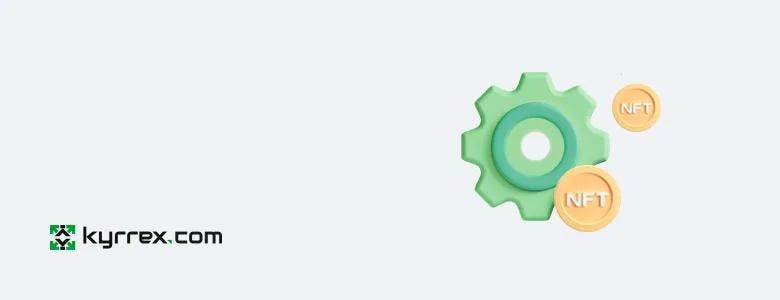
Lastly, NFTs don’t fall from the sky or grow on trees. You can mint them. Moreover, because they are similar to currencies (even though they are not), the fact that NFTs can be minted by anyone and everyone gives them a certain charm. Thus, they are attractive and consequently trendy.
So, what do you need to mint or make an NFT?
You need whatever file you want to convert into an NFT. First, convert it into a generally accessible format like GIF or JPG. Next, get a blockchain wallet. This would hold the NFT and whatever other token you purchase or peddle. Next, you register with a dedicated NFT marketplace (a platform that was specially designed to convert file formats to digital assets). There are lots of these, with the most popular being Rarible, OpenSea and NiftyGateway.
And if you are only interested in buying NFTs rather than minting them, these dedicated marketplaces are your best bet. Do it well and you could make several millions of dollars after one deal. And that is why NFTs are the new best thing. In one way, they can make you very rich before you can say en ef…!!!
If you are enjoying this article, please check out our Kyrrex crypto blog!
